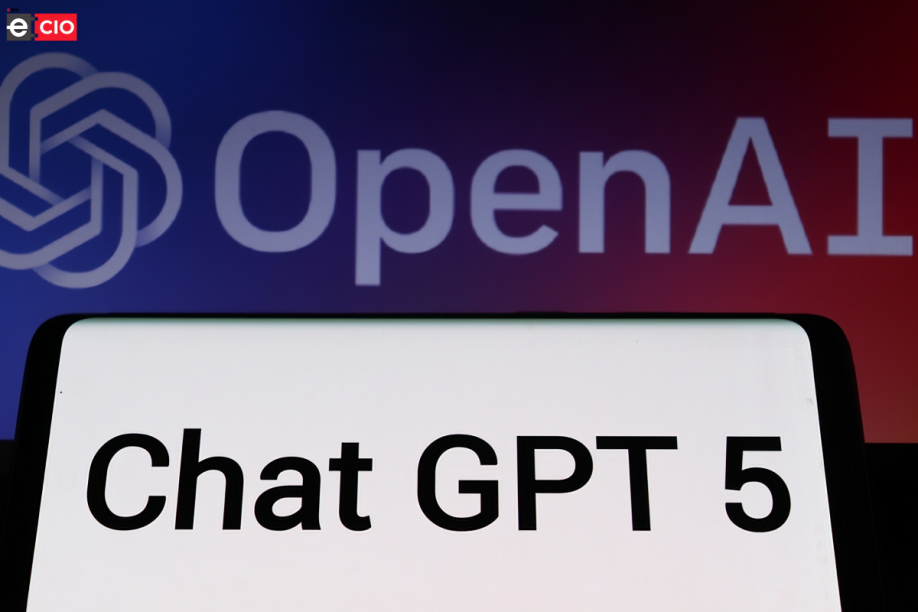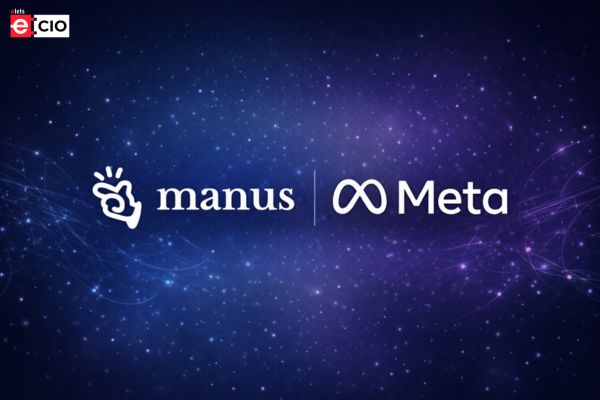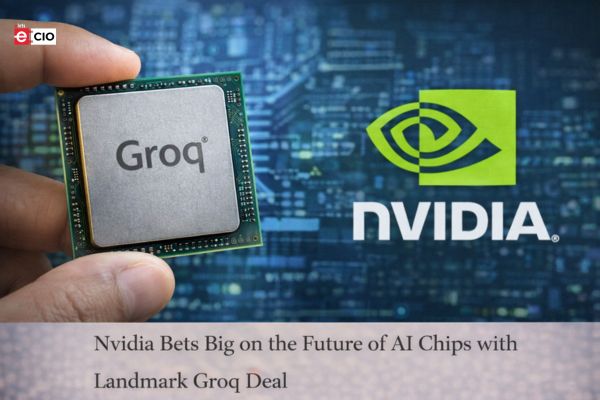
OpenAI is preparing to launch its next major advancement in artificial intelligence with the anticipated release of ChatGPT 5 in August 2025. The upcoming model is expected to deliver a unified, deeply capable AI experience with significant upgrades in reasoning, multimodal functionality, and task optimisation, setting a new benchmark in generative AI evolution.
ChatGPT 5 will reportedly integrate OpenAI’s most advanced architecture, eliminating the current need to choose between models such as GPT-4o and its deeper reasoning counterparts. The model will intelligently adjust its computational depth based on the complexity of user queries, offering a seamless experience that blends speed, depth, and contextual understanding.
The announcement of ChatGPT 5 has generated intense anticipation in both enterprise and developer communities. OpenAI CEO Sam Altman recently shared insights on the model’s capability, stating that he felt “useless” when GPT-5 composed an email response he had struggled with personally. This anecdote highlights the increasing sophistication of generative AI and the emerging question of human-AI complementarity.
ChatGPT 5 is expected to roll out in multiple versions: the full flagship model for enterprise-grade reasoning and generative tasks, GPT-5 mini for real-time usage in ChatGPT and via APIs, and GPT-5 nano for efficient deployment in low-resource environments. This tiered approach will allow OpenAI to cater to a broad spectrum of users, from high-performance computing needs to edge-device AI integration.
One of the standout features of ChatGPT 5 is its unified model infrastructure, which simplifies usage and removes the distinction between general-purpose and advanced-reasoning models. This is part of OpenAI’s long-term plan to consolidate its AI offerings under a single, intelligent interface that adapts dynamically.
The launch also places a renewed emphasis on AI safety and responsible deployment. Although the new model will not eliminate hallucination errors, it includes enhanced uncertainty estimation to better indicate when the AI lacks confidence in its outputs. OpenAI is also investing in broader governance frameworks to manage potential misuse or overreliance on increasingly autonomous systems.
In preparation for the rollout, Microsoft has begun testing a smart mode in its Copilot assistant, which will integrate ChatGPT 5 and automatically select the most appropriate AI model based on task demands. This integration signals a new phase in the partnership between Microsoft and OpenAI, positioning GPT-5 at the core of next-generation productivity tools.
In a recent post on X, Sam Altman cautioned users to expect some capacity issues and “hiccups” during the deployment phase, noting that OpenAI plans to release “lots of new stuff” in the coming months. Among those releases could be a smaller open-weight model based on GPT-5 technology, designed to be publicly accessible via platforms like Azure and Hugging Face.
As the world watches closely, the arrival of ChatGPT 5 represents not just a technological upgrade but a fundamental shift in how artificial intelligence will be integrated into everyday decision-making, creative work, and digital interaction. With its unified design and advanced reasoning capabilities, GPT-5 is poised to redefine the boundaries of AI.
Be a part of Elets Collaborative Initiatives. Join Us for Upcoming Events and explore business opportunities. Like us on Facebook , connect with us on LinkedIn and follow us on Twitter.
"Exciting news! Elets technomedia is now on WhatsApp Channels Subscribe today by clicking the link and stay updated with the latest insights!" Click here!












